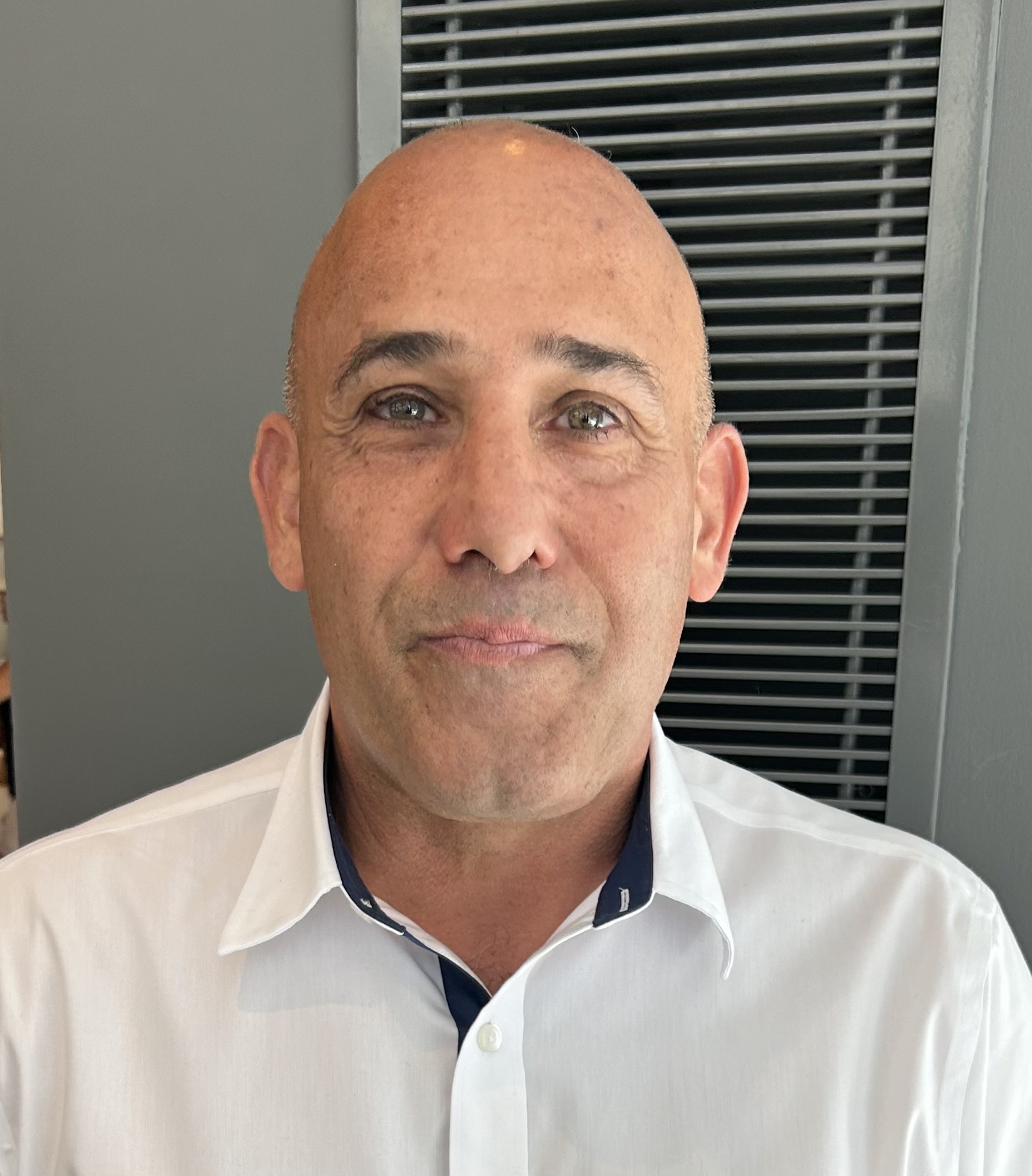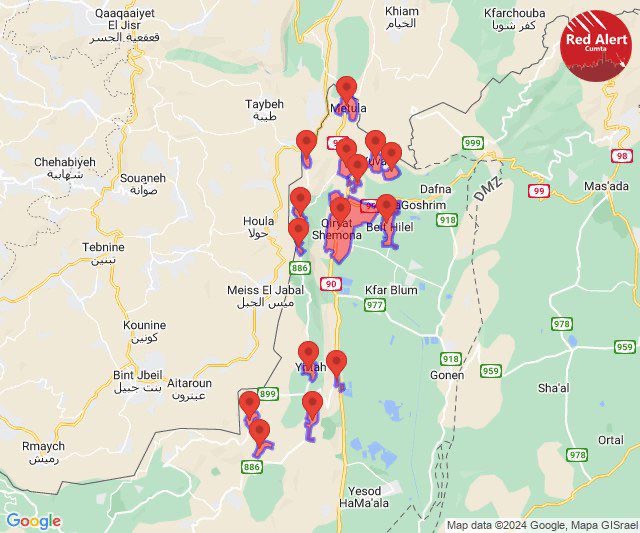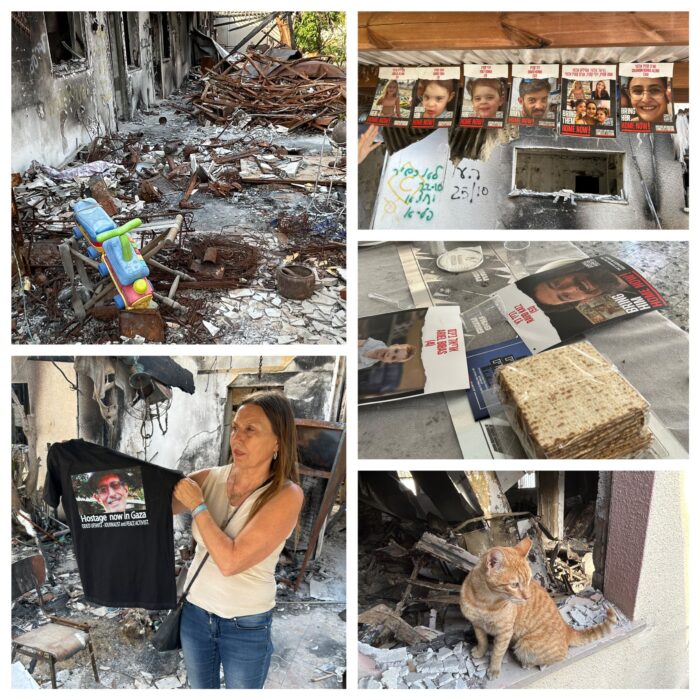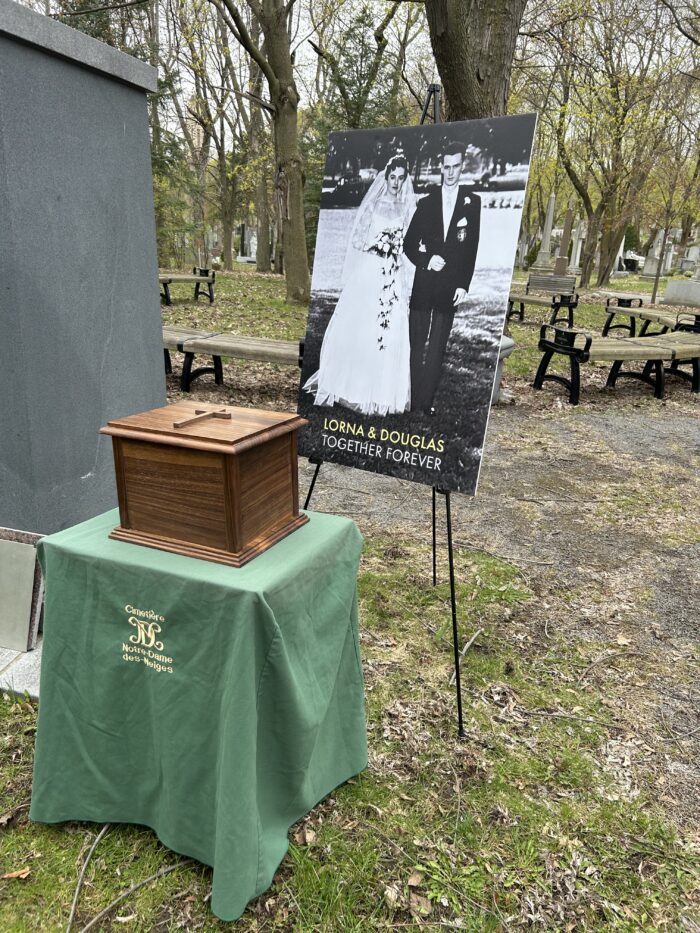My latest: Israel won’t blink
TEL AVIV – Israel won’t stop its military advance against the Hamas stronghold of Rafah, says a former senior ranking Israeli military commander – whether the United States and Western allies approve or not.
And Israeli Prime Minister Benjamin Netanyahu has no choice, says retired Israeli Brigadier General Amir Avivi , who spoke to Postmedia the morning after news broke that Hamas is now prepared to sign a ceasefire deal.
Quoting what his close friend and Caesarea neighbor Netanyahu has told him, Avivi said: “Nothing will stop us now from going into Rafah.”
That even includes the Biden administration, says Avivi, who has founded and leads a powerful political and cultural force in Israeli society: the Israel Defence and Security Forum, which is made up of more than 30,000 former IDF soldiers and officers.
“Israel set very clear goals for this war,” said Avivi. “The complete destruction of Hamas as a governmental and military entity; bringing back all the hostages; and making sure that there will be never never again be a terror army in Gaza.”
Those goals simply have not been achieved yet, says Avivi, who has significant contacts within the Netanyahu coalition, and is regularly consulted with by key government ministers. Says Avivi: “To achieve these goals, you basically need to conquer the whole Gaza Strip – and there is no way to destroy Hamas without taking over the whole Gaza Strip.”
But that’s not what President Joe Biden, Canada and other Israeli allies want. They’ve repeatedly said they strongly oppose any Israeli military action on Rafah, where a million Palestinians have congregated to escape the fighting.
When the news about Hamas’ decision to accept a ceasefire deal broke here late last night, it was immediately greeted with muted hostility in Jerusalem. Israel hadn’t even seen the terms of the deal, Netanyahu government sources said.
Notwithstanding that seeming opposition to a ceasefire deal, Israel announced that it was still willing to send a team to Egypt to look at the details and possibly negotiate. Asked about that apparent contradiction – keep fighting but also re-start negotiations – Avivi said:
“Israel is saying nothing will stop us from going to Rafah – even if the US is against it. Even if the whole world is against it. In one of their meetings, [Netanyahu] said to Biden that, ‘If we have to conquer Gaza with our fingernails, we are going to do it.’ We’re going to do it even if you don’t give us ammunition, even if you don’t give us weapons – we’re going in and we’re not going to lose the war.”
Participating in the negotiations in Egypt doesn’t change that imperative, says Avivi.
“Israel is saying, if we have a chance to release the women hostages, the elderly hostages, in a deal that will be a ceasefire of a month or 40 days? Fine,” he adds, with a shrug. “And, following that, we will renew the attack on Rafah.”
The U.S., Canada and Europe may get their desired ceasefire, Avivi concludes. But nothing will stop Israel’s coalition government and war cabinet from also finishing the job of wiping out Hamas, he says.
“We have no choice.”







